Congestive Heart Failure and Sepsis: A Closer Look at Fluid Management
RebelEM
NOVEMBER 30, 2023
For those with sepsis, the administration of intravenous fluids (IVF) at the volumes recommended in the Surviving Sepsis Campaign (SSC) requires careful consideration of an individual’s chronic medical conditions and subsequent sensitivity to IVF. Article: Vaeli Zadeh A, Wong A, Crawford AC, Collado E, Larned JM. Am J Emerg Med.





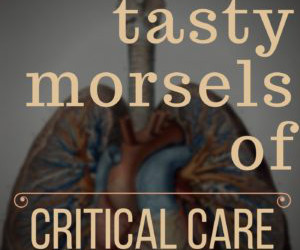

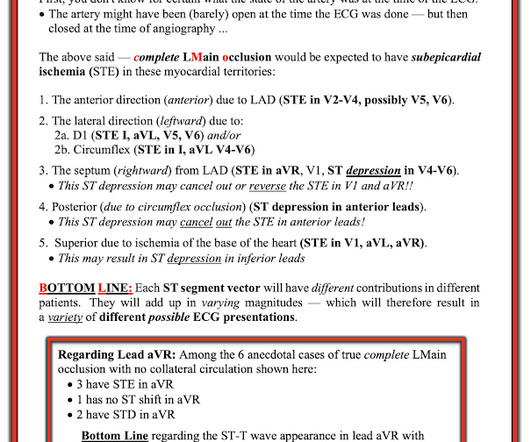

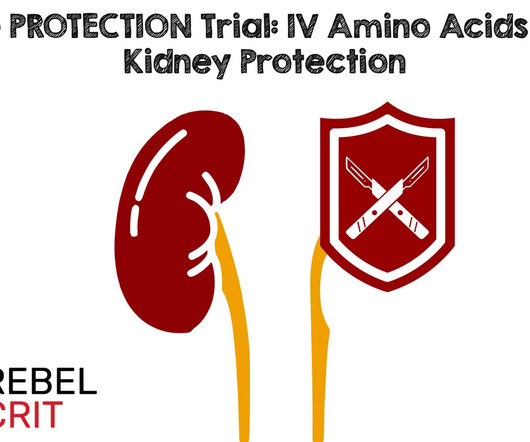






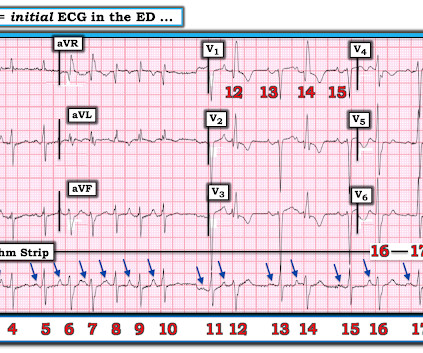

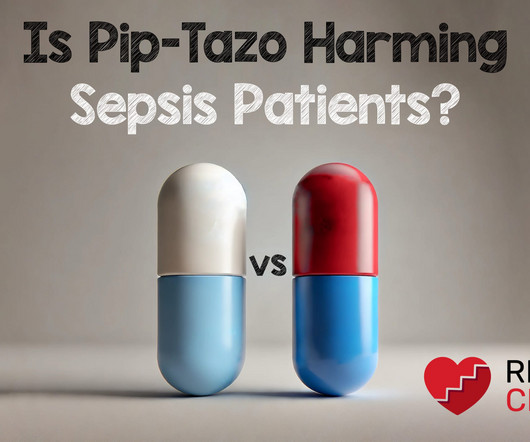












Let's personalize your content